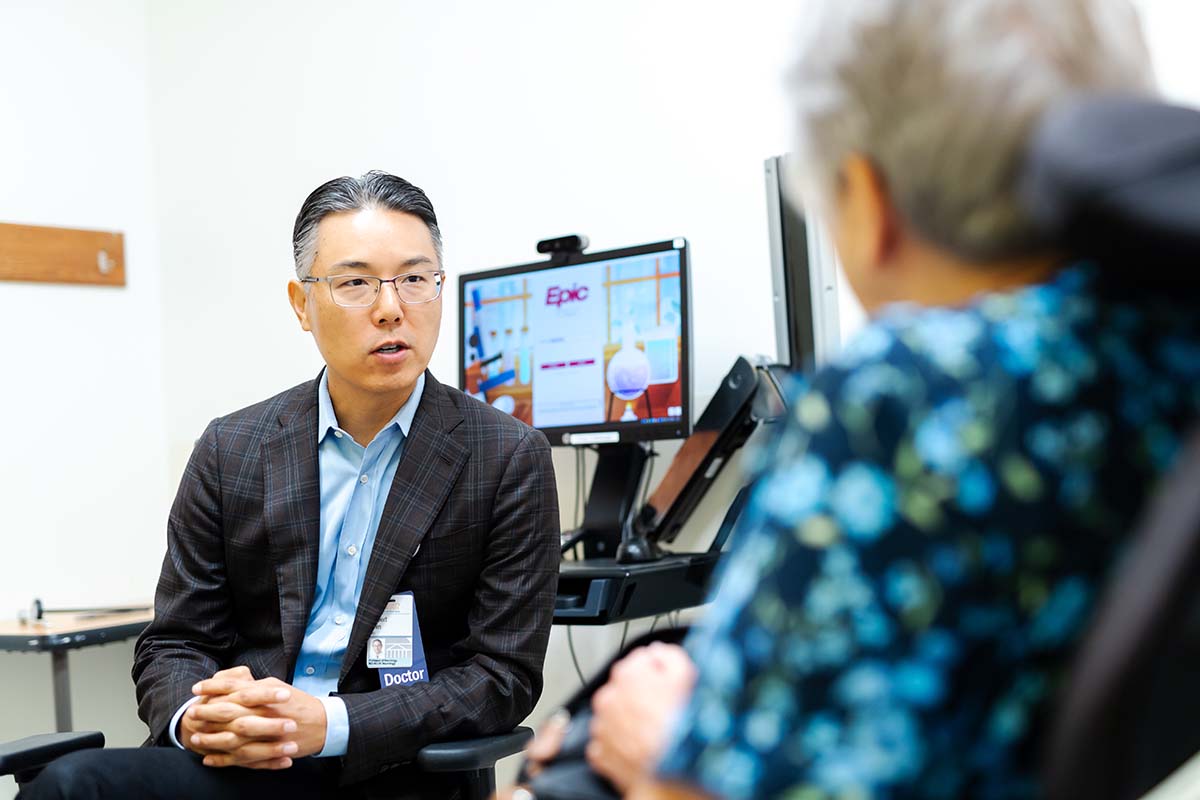A protein called STING, previously shown to control a pathway that contributes to antiviral signaling, also plays an important role in cellular stress clearance and cell survival, according to a new paper published in Molecular Cell.
It was quite surprising that STING has a protective function for cells to reduce stress and damage in addition to its well-known role in inflammation.”
Jay Xiaojun Tan, Ph.D., senior author, assistant professor at the University of Pittsburgh and UPMC Aging Institute and Pitt’s Department of Cell Biology
“Our findings suggest that balance of STING’s two functions is important for the health of cells and could have implications for future development of therapeutics for age-related diseases,” added first author Dr. Bo Lv, Ph.D., a postdoctoral researcher in Tan’s lab.
In healthy human cells, DNA is packaged up inside the nucleus and mitochondria. When DNA leaks out into the fluid component of the cell known as the cytosol, it means that something is wrong.
“Cytosolic DNA is a danger signal associated with infections, cellular stress, cancer and other diseases,” explained Tan. “Cells have a warning system to detect DNA in the cytosol, which involves activation of STING, which in turn coordinates inflammation necessary to combat these threats.”
While short bursts of STING-mediated inflammation are crucial, in some people this pathway is chronically “on,” a state that has been linked with neurodegeneration and other diseases of aging, as well as normal aging.
To learn more about potential benefits of STING activation in response to diverse stresses, Tan and his team analyzed the full set of proteins within cells. They found that when STING was activated, two transcription factors called TFEB and TFE3 were shuttled to the nucleus of cells, where they activated genes that resulted in the production of more lysosomes.
“Lysosomes are organelles that are involved in autophagy, a cellular process that cleans up damaged material, almost like a housekeeping or recycling system,” said Tan. “In response to STING activation, cells used TFEB and TFE3 to produce more lysosomes and increase autophagy.”
Both lysosomes and autophagy are tightly linked with longevity and healthspan, the length of time that a person is healthy, suggesting that this protective function of STING is important for healthy aging.
STING-blocking therapies are currently being explored within the context of age-related diseases, but according to Tan, the new findings suggest that this strategy should be reconsidered because it would also block the autophagy/lysosome-promoting functions of STING. Instead, selectively targeting components of the inflammation pathway downstream of STING may be a better approach because it would preserve the protein’s beneficial functions.
Notably, TFEB and TFE3 are present across the animal kingdom, indicating that STING-induced autophagy-lysosome pathway is more evolutionarily ancient than its inflammation function, which is only found in vertebrates.
The newly discovered function of STING may be an ancient way that cells maintain quality control, clear abnormal materials and manage cellular stress.
Tan hypothesizes that mild cellular stress that activates STING may be important for maintaining lysosome quality and autophagy responses just like exercise improves our health by challenging our bodies.
“When we exercise regularly, we cause physical damage to our muscles, which triggers repair systems that over-repair and ultimately build muscle,” he said. “I want to understand whether challenging our cells with mild stress in general could boost stress response systems, including lysosome activity, and help delay age-related diseases and improve healthspan.”
Other authors on the study were William Dion, Haoxiang Yang, Jinrui Xun, M.D., Bokai Zhu, Ph.D., all of Pitt; and Do-Hyung Kim, Ph.D., of the University of Minnesota.
This work was supported in part by the National Institutes of Health (NIH) National Institute of General Medical Sciences (R35GM150506 and R35GM130353) and the NIH National Institute of Aging (K01AG075142).
Source:
Journal reference:
Lv, B., et al. (2024). A TBK1-independent primordial function of STING in lysosomal biogenesis. Molecular Cell. doi.org/10.1016/j.molcel.2024.08.026.

















